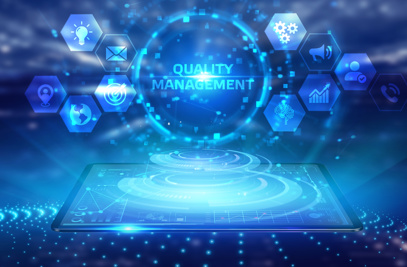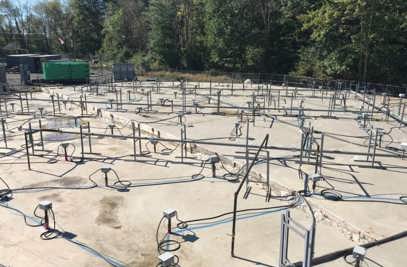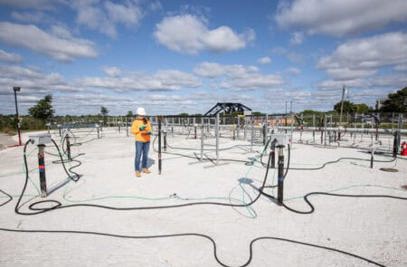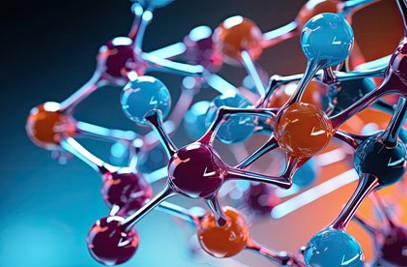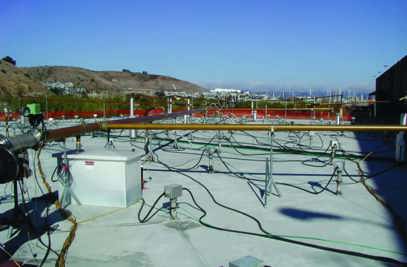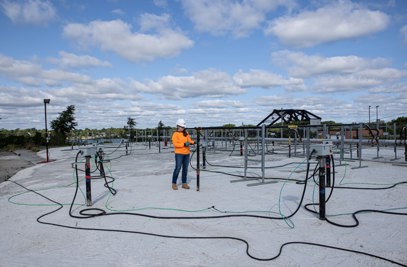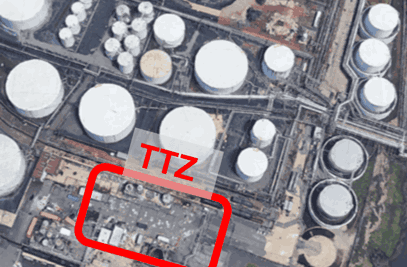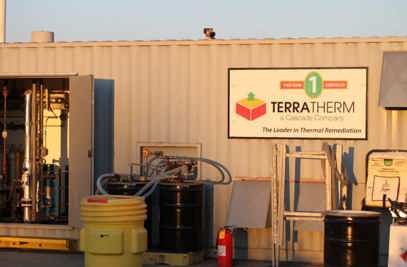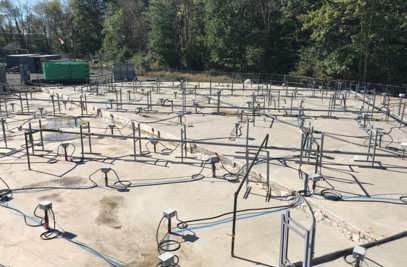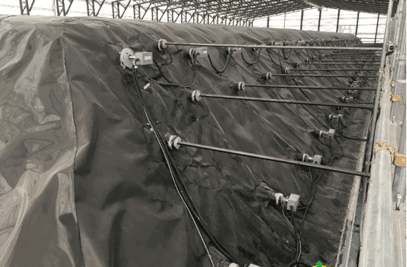Blog
Welcome to our thermal soil remediation blog series! We're excited to share with you how we use heat to eliminate hazardous pollutants and create sustainable land. In this series, you'll learn about Thermal Conduction Heating, Steam Enhanced Extraction, and Electrical Resistance Heating. We'll provide you with expert insights, case studies, and resources to help you succeed in the field. Keep reading!
Elevating Excellence – TerraTherm’s Quality Management System
If you’ve ever contracted with a company that delivers inconsistent or subpar work, you know not only how frustrating a lack of quality management can be, but also how costly it is. Errors and rework ...
Why Now is the Right Time to Consider Thermal Remediation for Your Site
For decades, environmental consultants and engineers have sought a remediation technology that safely delivers predictable, high-success outcomes across a wide range of sites from simple to complex an...
Two Major Challenges with Fractured Rock Sites
Fractured rock sites are challenging to remediate because it is often difficult to determine how deep non-aqueous phase liquid (NAPL) has gone, and to define what we refer to as the “source area.” Som...
5 Things You Need to Consider When NAPL Governs the Mass Present at Your Thermal Site
Thermal remediation technologies have been used for more than two decades to address highly contaminated source zones. In the beginning, thermal was typically utilized to address volatile organic comp...
Frequently Asked Questions About High Temperature Thermal Conductive Heating for PFAS
Treating soil impacted with Per- and Polyfluorinated Substances (PFAS) is difficult to do using traditional remediation methods due to their recalcitrant nature. Because of their chemi...
How to Implement ISTR in Complex Geologic Settings
Having a good understanding of geology, groundwater flow, and contaminant distribution is essential to designing an effective thermal remedy. Having an accurate conceptual site model (CSM) is especial...
Frequently Asked Questions about Low Temperature Thermal Remediation
Thermal remediation is a powerful technology, but you might be concerned about the amount of infrastructure and energy required to produce the level of heat that rapidly treats contamination. Low...
Why In Situ Thermal Remediation Should be Considered for Treatment of MGP Sites
Are you remediating a former Manufacturing Gas Plant (MGP) site and considering excavation, in situ soil mixing/stabilization, or in situ chemical oxidation (ISCO)? Then you might...
In Situ Thermal Remediation in Hazardous (Classified) Areas
In-situ thermal remediation (ISTR) has been widely applied to treat highly contaminated source zones at current and former industrial and military sites. In many cases, these thermal treatment sy...
PFAS Thermal Remediation: Should It Be On Your List of Options?
The need for remediation of poly- and perfluoroalkyl substances (PFAS) is growing substantially as a result of increased regulatory attention to this emerging contaminant. Stockpiles of PFAS contamina...
Your Comprehensive Guide to Understanding Thermal Remediation
Thermal remediation is a robust method that has been used to treat some of the world’s most heavily contaminated sites over the last two decades, but you may not be very familiar with it. Thermal reme...
Can You Remove SVOCs Using Thermal Remediation?
Soil contaminated with semi-volatile organic compounds (SVOCs) is a significant environmental problem that can have serious consequences for both human health and the environment. Fortunately, there’s...


